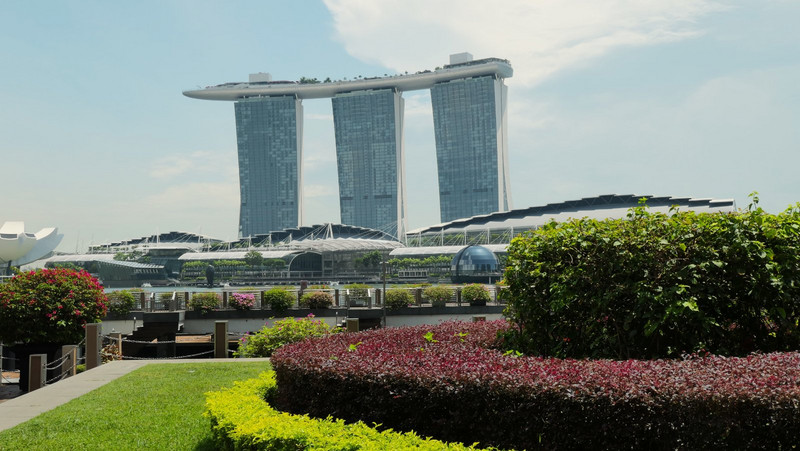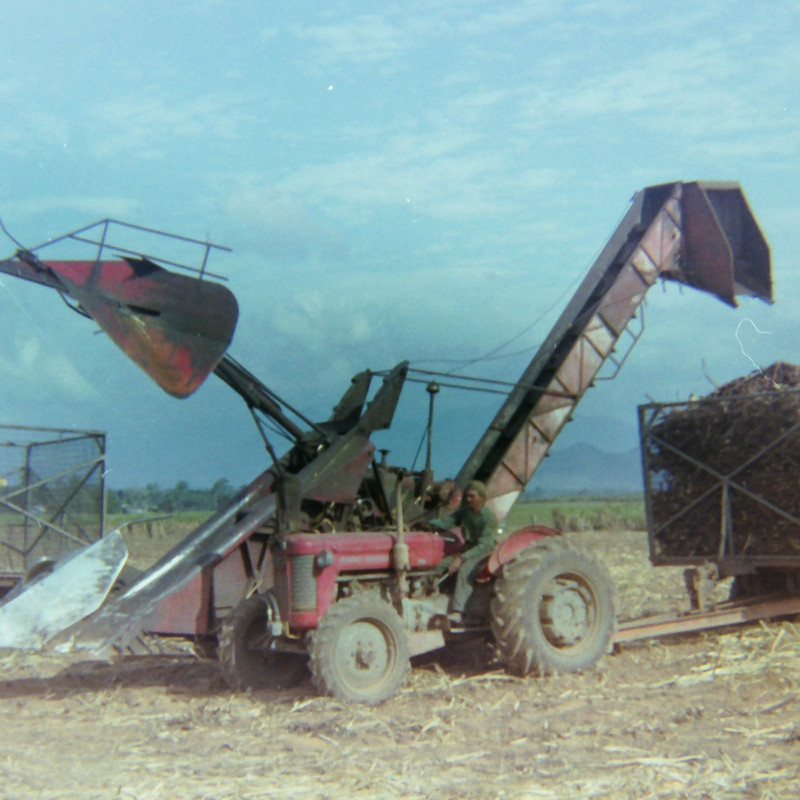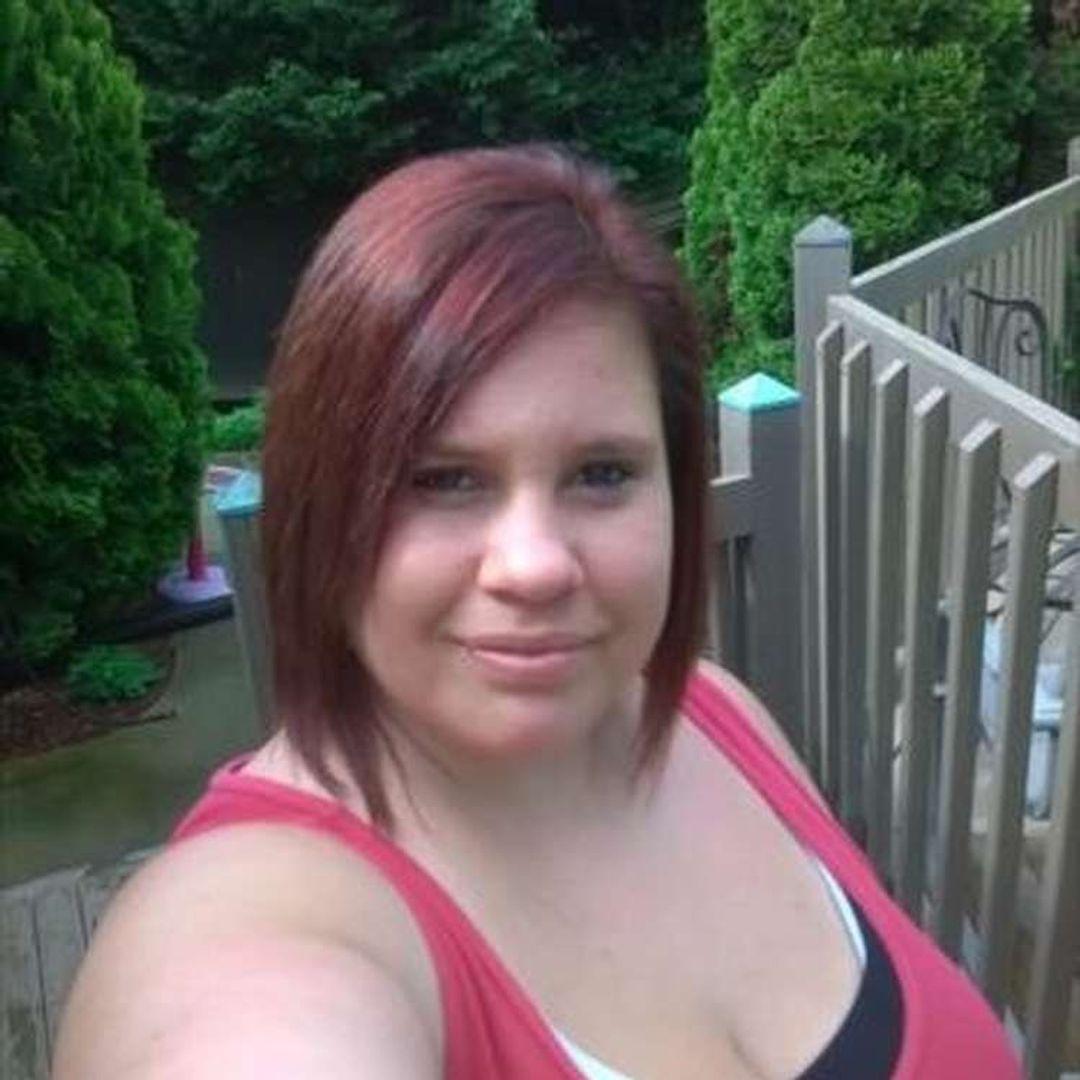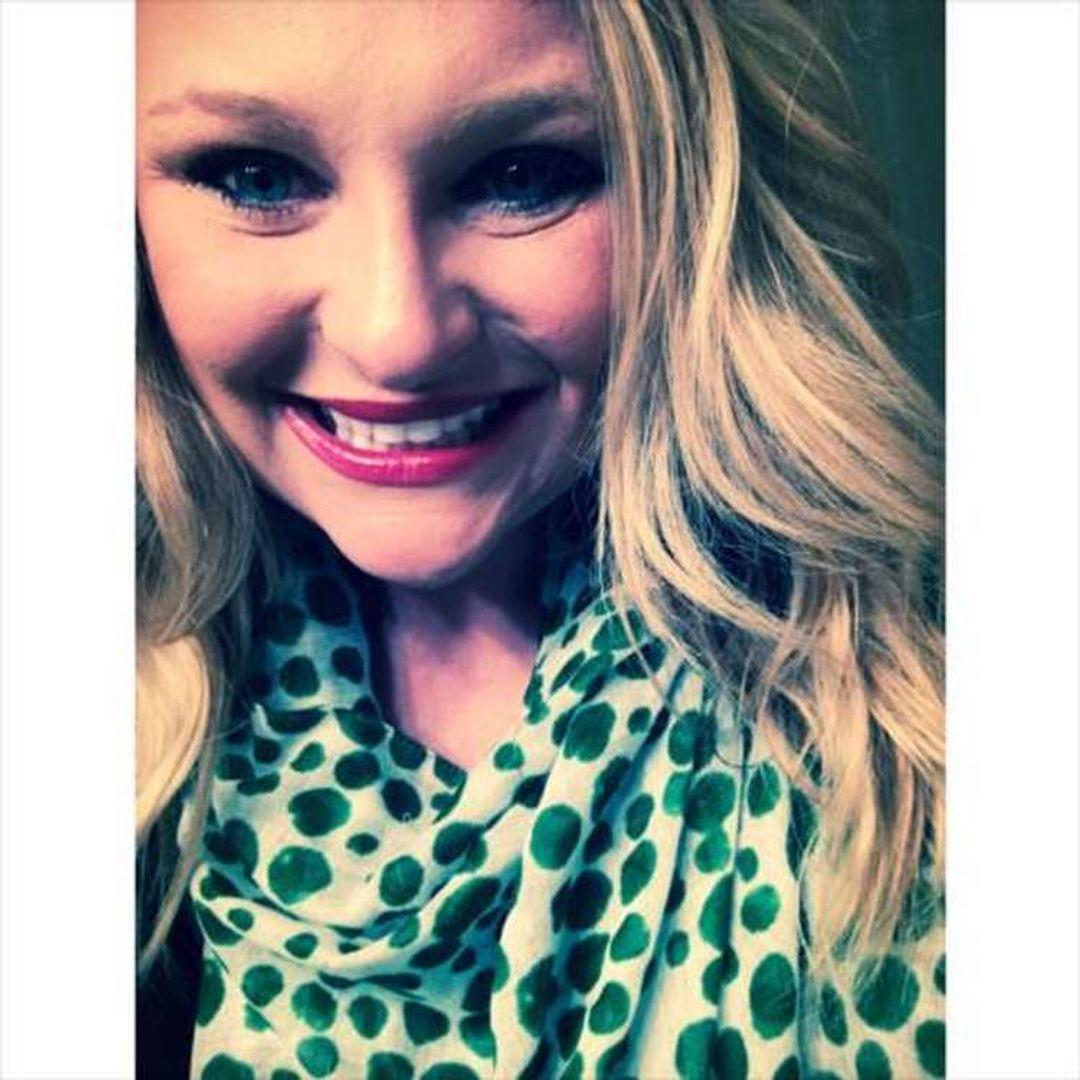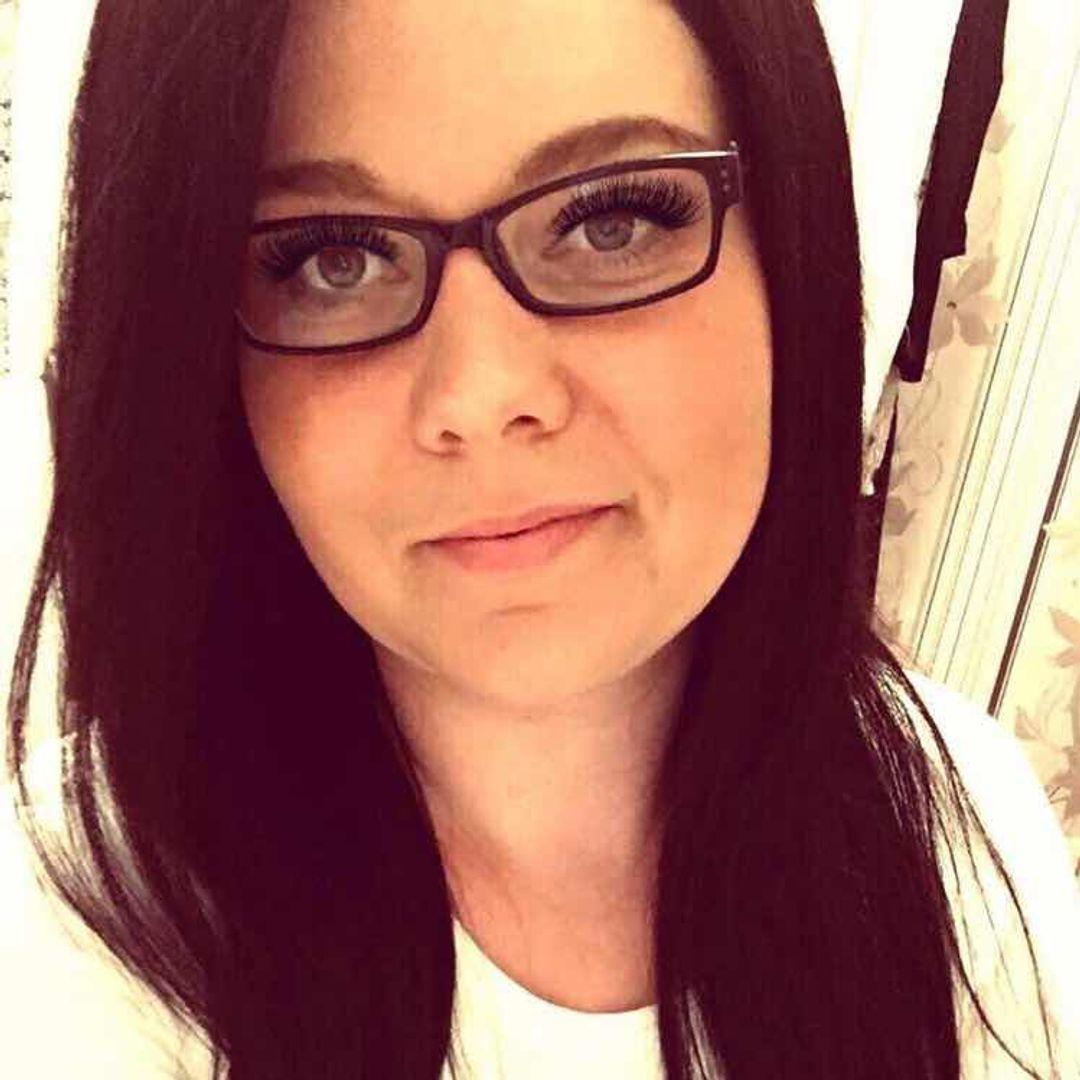Our guide Craig lives in the idyllic village of Ballachulish and it was above the village that we started our walk today.
We came to the slate quarry - back In 1693 slate was first quarried in the Ballachulish Slate Quarries just a year after the Glencoe massacre that took place nearby. By the early 1700s this had developed into a major slate quarrying operation which continued for over more than 250 years.
The slate was shipped south and to roof the new houses of much of Edinburgh and Glasgows skyline in the succeeding centuries. However, over 75%!o(MISSING)f the slate cut from the quarries was unusable as roof covering due to the high level of Iron oxide in the rock, which causes the ‘rusty seams in the cliffs.
The ferry at the Ballachulish Narrows first carried cars in the early years of the 20th Century, at the time they were driven onto planks laid across large rowing boats, and then rowed across one at a time, straddling the boat.
As the vehicle traffic on the ferry increased, so the standards of the boats improved, and by the 1960s the crossing was run by 3 turntable ferries, each capable of carrying 6 cars.
We heard folk tales of The local witch called Corrag. She warned everyone when the Redcoats arrived in the frozen evening of 13th February 1692, but no one listened. She spent the night up in the mountains, wrapped in a plaid to keep off the cold. The next morning she ventured down to the village to discover the massacre left behind by the Government troops. Bodies everywhere, people fled into the countryside to try and
escape, houses burnt. Through the smoke she went into the house of Maclaid, the Chief of the Macdonalds of Glencoe, who had been shot by the Redcoats, and took his broadsword. She carried it to the water and threw it in, saying:
Ballachulish Bridge was left unfinished by one bolt as Corag said that any in the narrows of Loch Leven would be cursed. So the missing bolt prevented the curse happening.
The site of a chapel from the 7th Century. The church was burnt in 1495 and rebuilt in the 16th Century. The last service in the church was held in July, 1653.
The island is the site of a graveyard once used by the Stewarts of Ballachulish, the MacDonalds of Glencoe and the Camerons of Calgary. The clans shared the island and the maintenance of the graveyard, even when there was conflict between them.
In November, 1880, a wooden human female figure was discovered during digging at Ballachulish Moss. It was lying face down below the subsoil.
It was covered and surrounded by interwoven twigs and branches, suggesting that it may have been contained in a wattled hut. The figure carved from oak.
In 2017 A recreated goddess, carved from birch with Iron Age tools, was placed to overlook Loch Leven close to the peat bog where she was found.
So many interesting stories & beautiful views, a great way to spend an hour virtually discovering more of the Scottish Highlands

